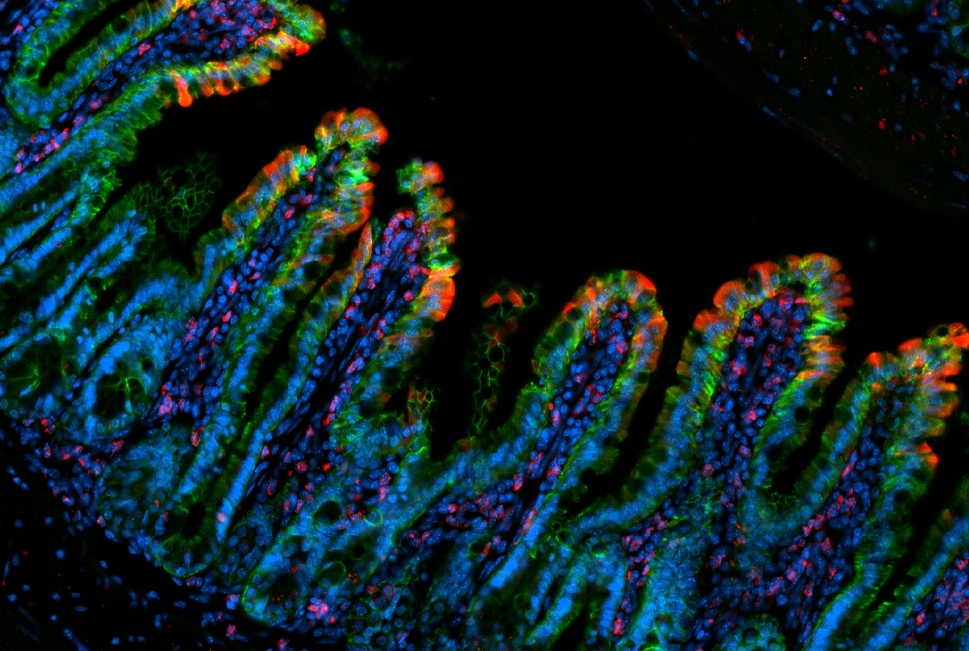Small intestinal bacterial overgrowth (SIBO) occurs when a excessive amount of bacteria in the small intestine, a place in our body where there is usually not that amount. In general, these microorganisms are abundant in the colon, in the large intestine.
The American Journal of Gastroenterology published guidelines for its treatment in 2020, noting that although its definition has been debated, the main concept is that the normal small intestine has lower levels of microbial colonization compared to the colon, and this normal balance is significantly disturbed in SIBO.
The small intestine is the longest section of the digestive tract, measuring approximately 6 meters, and is the place in the body where food mixes with digestive juices and the bloodstream absorbs nutrients. Unlike the large intestine (colon), the small intestine normally has relatively few bacteria due to the rapid flow of its contents and the presence of bile. But in SIBO, the stagnant food in the small intestine become an ideal breeding ground for the bacteria.
The bacteria can produce toxins and interfere with the absorption of nutrients. The breakdown products that follow bacterial digestion of food can also cause diarrhea.
Why does it appear? It can emerge as a complication after abdominal surgery or some pathology that slows down the passage of food.
As for the symptoms, the most common include: loss of appetite, abdominal pain, nausea, bloating, uncomfortable feeling of fullness after eating, diarrhea or involuntary weight loss. Bloating, nausea, and diarrhea are signs and symptoms of many intestinal problems, which is why it is important to consult a specialist for these discomforts.
There are two ways. It can be with pharmacological treatment, through antibiotics that the doctor will always prescribe or with a diet low in FODMAPs (acronym in English for fermentable polygosaccharides, disaccharides, monosaccharides and polyols). What does this eating plan consist of? In avoiding some carbohydrates such as fructose or lactose. You should also avoid gluten and some artificial sweeteners.
These foods are only restricted for a few weeks, usually between two and eight weeks, depending on the severity of the pathology.

If this situation is recurrent and sustained over time, the complications can be weight loss, some gastrointestinal complications as well, and, above all, nutrient malabsorption.
Among the consequences, vitamin deficiency may appear. As a result of incomplete absorption of fats, the body cannot fully absorb the fat-soluble vitamins A, D, E, and K. Bacteria in the small intestine synthesize and use vitamin B-12, which is essential for the normal function of your nervous system and the production of blood cells and DNA.
Therefore, it is very important that if you have any of these symptoms, you consult a gastroenterologist.
* Romina Pereiro has a degree in nutrition MN 7722
* Production: Dolores Ferrer Novotný / Realization: Gastón Taylor / Editing: Rocío Klipphan / Location: Batré Gastronomic Laboratories
Keep reading

